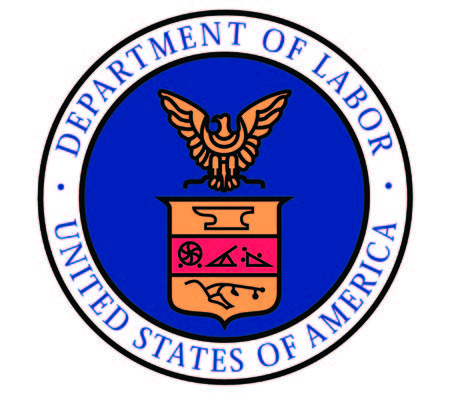By Susan Hanold
According to the Department of Labor, the national fill rate (average job openings vs. average hires) pre-COVID was 84%. Dropping during the pandemic, the February 2021 rate was 78%. This shows that in February, there were 78 hires for every 100 job openings. Hiring during the pandemic has changed the recruiting landscape. While many wonder why there seems to be a shortage of workers, the current shortage is unique. Factors including the CARES Act, furloughed workers, long-term unemployment, low labor force participation rates, and continued COVID-19 fears are unique themselves. To navigate the talent shortage, employers need to reevaluate their recruitment strategies to ensure they’re aimed to address today’s challenges.
What is new for employers trying to hire now?
There is a drive and intention to accelerate the talent acquisition lifecycle. There is additionally a shift occurring in where recruiters can find talent, which allows for a different talent pool. As talent pools change, employers are simultaneously strengthening their focus on diversity, equity and inclusion when trying to fill open positions. With remote jobs as an option now, the talent pool only changes further. The ability to open jobs more broadly, not only to a single geographic area, makes a difference in attracting talent. These evolutions have amplified the need for solid recruiting processes.
Where do metrics make a difference?
It’s important to start by understanding why you are losing your employees. It is proactive to do “stay” interviews rather than waiting for exit interview data. Be meticulous with metrics and really laser focused. It is not about adding more sources at the top of the funnel or adding a new job board. It is common to look at the applicants rather than measuring the recruiters on sources. Hold everyone accountable throughout the funnel. Be realistic with data and have an end goal identified so you know if your efforts are successful.
How important is the candidate experience?
The candidate experience represents your business. If the top of the funnel and finding candidates is a problem then a high touch, Employee Value Proposition (EVP) should be a focus. See if your funnel is as diverse as possible. This is an opportunity in your EVP to share what your employees are experiencing in the organization and to highlight your Business Resource Groups (BRGs) if you have them. This is an opportunity for recruiters to provide real examples of how employees are included and welcomed into your company’s culture. Your EVP is about seizing the moment to build tomorrow’s inclusive workforce.
How does diversity, equity and inclusion play a role in the hiring process?
According to SHRM, “The importance of company culture and diversity, equity and inclusion (DE&I) efforts play a big part in the decision to apply for a job. About 86 percent of job seekers say workplace culture is somewhat or very important, and 49 percent inquired about the employer’s goals and efforts around improving diversity in the workplace during their job interviews. Forty-two percent said they would reject a job offer if the company lacked diversity or clear goals for improving diversity in hiring.”
Leverage established maturity models to understand where your company’s DEI efforts fall comparatively and then work in a targeted manner to close the gaps. ADP® Strategic Advisory Services offers a combination of strategy and advisory services that help organizations promote an inclusive culture, drive engagement, and accelerate performance. Its diversity maturity model provides a snapshot of a client’s current DEI efforts, including identifying what programs, policies and practices are in place to support diversity initiatives. The assessment helps to identify what may be adversely impacting results for the whole talent lifecycle and helps to determine what priorities and strategic objectives you’ll want to address. The scorecard, which can be called an analysis and is designed to keep the focus on DEI year-round, can be used as a tool to hold teams accountable for change.
What can employers do to maximize a talent pipeline?
To maximize the available talent pool, it’s critical for employers to focus on eliminating barriers, including removing geographic barriers to cater to the increased demand for remote work, and reconsidering job requirements (education and experience) to leverage transferable skills.
Once you’ve eliminated any potential barriers, focus on streamlining the recruitment process, including cutting down on application length, conducting fewer interviews, eliminating assessments, and providing a mobile friendly experience.
Lastly, bolster your benefits packages and foster a culture that attracts talent and caters to their holistic lives, including health and safety (e.g., proactively share day in the life videos), flexible work locations, career growth opportunities, family support, competitive and equitable pay, and organizational culture.

Vice-President
Strategic Advisory Services
ADP
